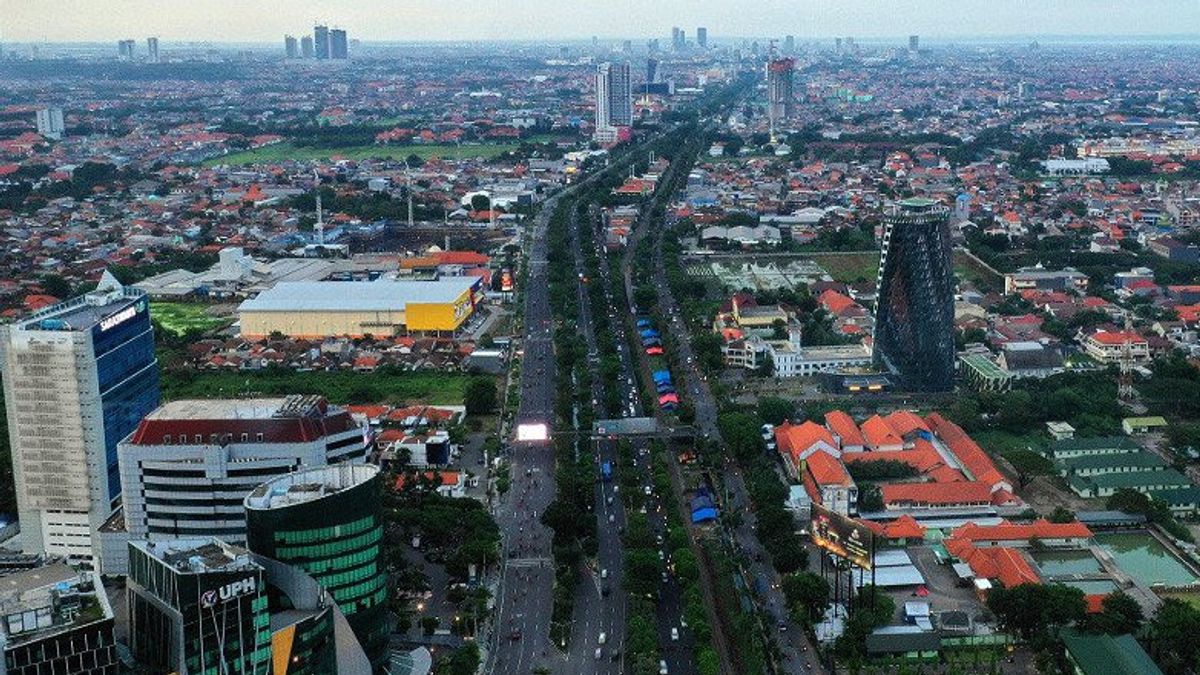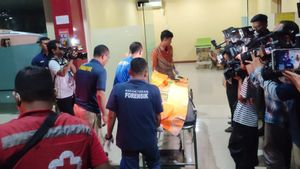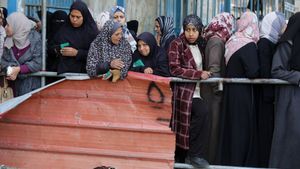SURABAYA - The leadership of the Surabaya City DPRD, East Java asked the city government led by Mayor Eri Cahyadi to seriously address the issue of unemployment in the community as a result of the COVID-19 pandemic.
Deputy Chairperson of the Surabaya DPRD, Reni Astiuti, said that the 2022 Surabaya RAPBD which is projected to reach Rp. 10.1 trillion must be ensured to create jobs and increase people's purchasing power.
"When I went to the villages, there were many complaints of unemployment," he said, quoted by Antara, Thursday, October 14.
For Reni, it is important to know the demographics of the workforce in the city of Surabaya and the variation of HR interventions.
According to him, based on data from the Central Statistics Agency (BPS), the open unemployment rate (TPT) in Surabaya increased to 9.79 percent as of 2020, the labor force participation rate (TPAK) also decreased to 68.05 percent and the working population ratio also declined in 2020. 61.39 percent.
In addition, BPS data also shows that the main job status in the city of Surabaya is dominated by labor or employees as much as 57.75 percent, followed by the independent business sector with 22.77 percent and family workers or unpaid around 6.91 percent.
"The main job field is filled by the service sector with 77.58 percent, then the manufacturing sector with 21.75 percent, and agriculture with 0.67 percent. The portions of the formal and informal sectors are 60.81 percent and 39, respectively. 19 percent," he said.
Reni said there were 2.35 million people of working age in the city of Surabaya in 2020. Meanwhile, the number of working age people affected by COVID-19 alone reached 535,327 people or 23.02 percent of the total working age population.
The working age population includes unemployment due to COVID-19 (49,892 people), non-workforce affected by COVID-19 (7,302 people), temporarily not working due to COVID-19 (26,902 people), and reduced working hours due to COVID-19 (451,231 people)
"It is necessary to mitigate every sector of the working age population affected by COVID-19, not only unemployment, but also those who have experienced a reduction in working hours, and have not started work or are temporarily out of work, which when added up is 23.02 percent of the working age population," he said.
Those who are already working need to pay attention to the status of their main job, which sector then needs attention. "The classification of types of unemployment, both old and new (due to COVID-19) totals 154,896 (9.79 percent), so a solution can be found based on the potential and the labor market," he said.
The leadership of the Surabaya DPRD asked the Surabaya City Government to also involve the private sector in order to support the opening of job opportunities and access to capital for those with independent businesses.
"I appreciate that the unemployment handling scheme, starting from empowering MSMEs to developing startups, needs to be strengthened with other strategic and tactical policies that are solutions to dealing with unemployment by involving Surabaya stakeholders," said Reni Astuti.
The English, Chinese, Japanese, Arabic, and French versions are automatically generated by the AI. So there may still be inaccuracies in translating, please always see Indonesian as our main language. (system supported by DigitalSiber.id)













